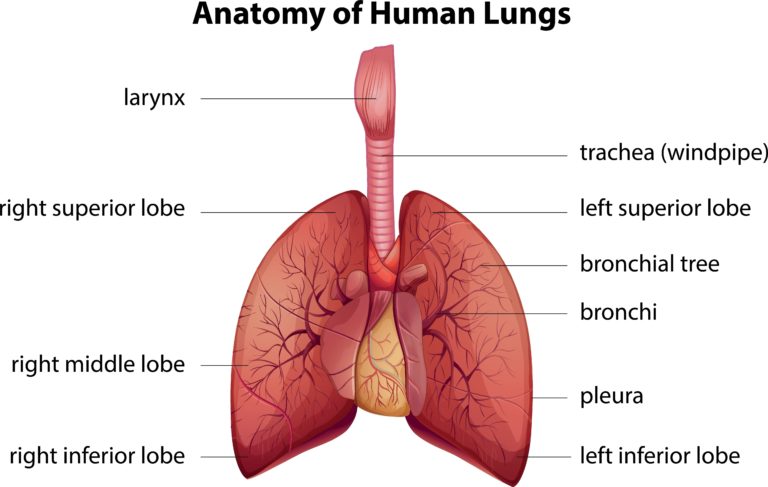Home / Business & Management / HR / Occupational Health in Developing Countries / The most common types of work-related cancers
This article is from the free online
Occupational Health in Developing Countries


Reach your personal and professional goals
Unlock access to hundreds of expert online courses and degrees from top universities and educators to gain accredited qualifications and professional CV-building certificates.
Join over 18 million learners to launch, switch or build upon your career, all at your own pace, across a wide range of topic areas.



 Trends in age-standardized incidence rates (1990-2013) for lung cancer among men, globally, and in developed and developing countries, respectively. © University of Bergen/Arjun Ahluwalia
Trends in age-standardized incidence rates (1990-2013) for lung cancer among men, globally, and in developed and developing countries, respectively. © University of Bergen/Arjun Ahluwalia







